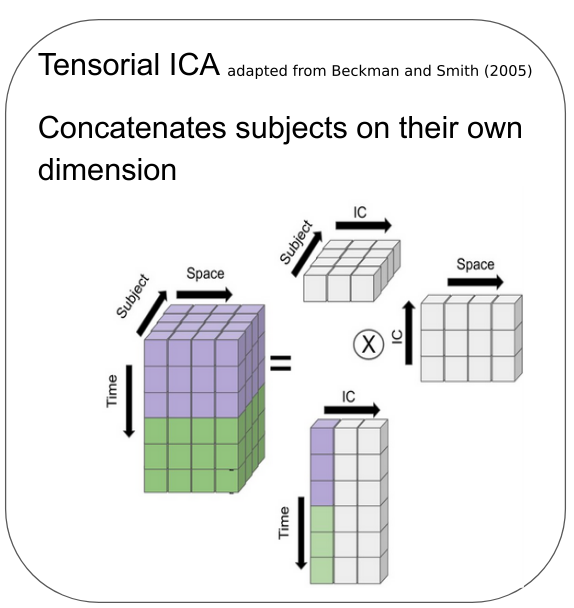About Me
I am a scientist interested in the quantitative modeling of the brain and behavior. As a postdoctoral fellow at the University of Pennsylvania I studied MRI oximetry to validate tools for estimating the cerebral metabolic rate of oxygen as applied to sleep apnea and carotid occlusive disease. As a doctoral student, I used fMRI and computational behavioral modeling to study the neurocomputational processes of judgment and decision-making. I graduated with my B.A. from Hawai’i Pacific University and my M.A. from New York University working with Paul Glimcher comparing choice based markers of risk aversion and temporal discounting to psychological questionnaires meant to gauge similar constructs of risk-taking and impulse control.
Research interests
The big questions surrounding my research interests is trying to understand how humans make sense of the world through a lens of judgment and decision-making.
Computational Models of Decision Making
Recent developments have allowed for the computational modeling of human decisions. A large part of my research interests revolve around formally testing these computational models. By finding the bounds of when a particular model breaks down we can better understand what internal processes might be at work. In particular, I am interested in how people make decisions under unknown risks (or ambiguity) and how our perceptions about the likely risks influence our decisions. (See link to tutorial using PyMC)
Functional Connectivity and Rewards
The striatum and prefrontal cortex have been strongly characterized as regions which encode the subjective value of rewards. However, these regions do not work isolated from each other but rather in tandem with each other. There are a strong set of white matter tracts which organize the structural connections between the striatum and prefrontal cortex. These connections facilitate coactivation of these regions in response to rewards suggests that they share information during the process of valuation and processing of rewards. What kind of information is shared? Why do we need two regions to process different rewards?

Neuro-imaging and Statistical Methods
Much of my work involves the neural processing of rewards and how that processing affects the kinds of decisions we make. Neuroimaging through (functional)MRI has been a strong tool to help understand those neural processes. However, the techniques for acquiring and analyzing MRI data are constantly evolving. My research both utilizes contemporary techniques, like using tensorial ICA to characterize individual differences, and studies them, like analyzing difference in statistical power when using multi-echo aquisition.

Other interest
Aside from my direct research interests I spend a lot of time working in the community on adjacent problems revolving around how we do science.
Free and Open Source Science, Data, and Software
I am an open advocate of “open” science. Sometimes this means publishing in open access publications or making the data, analyses, and scripts from my projects available on central repositories. Other times I get to actually contribute, if just a little bit, to open projects like tedana and nilearn. Most often I am just a user and and advocate of open source software among friends and colleagues.
Personal interests
In my personal time, I like to play music, as well as board games with my friends, and spend time with my family. I was classically taught both piano and guitar. I continue to play both in my free time. Some of the most fun I have had is taking a whole night playing a table-top RPG with my friends. I like to play games like DND, Pandemic, and One Night Werewolf.
